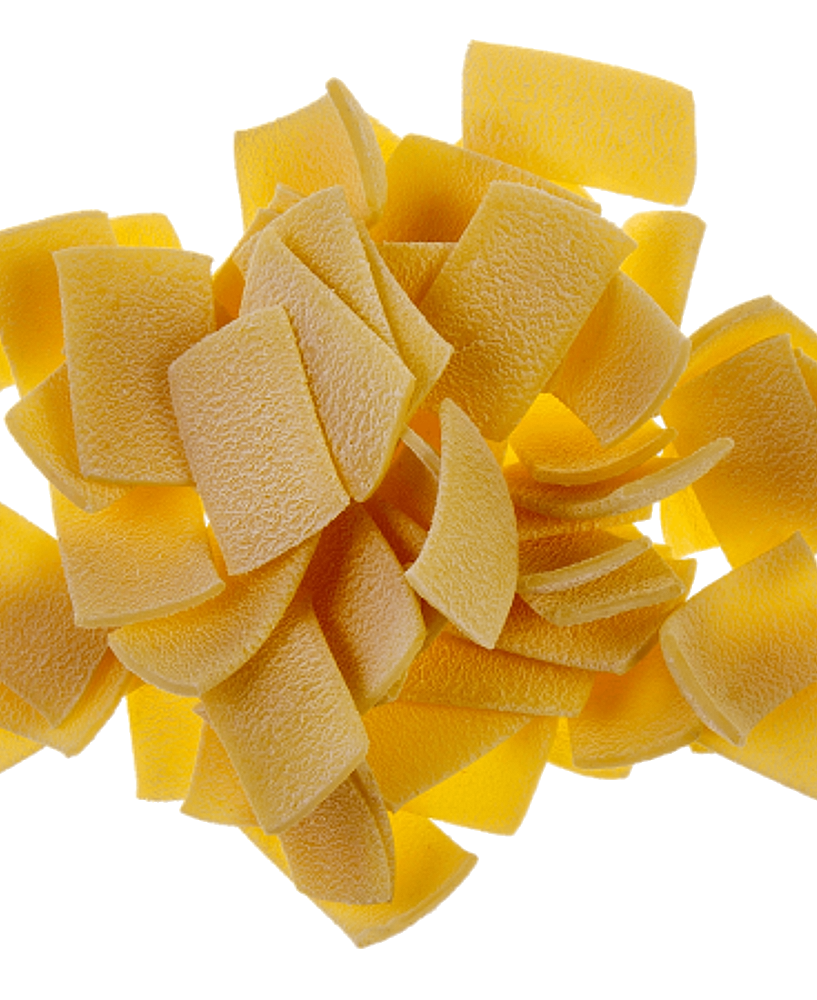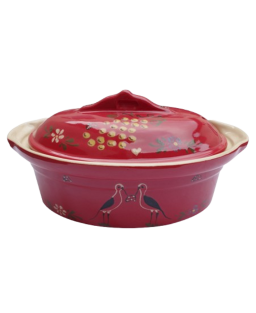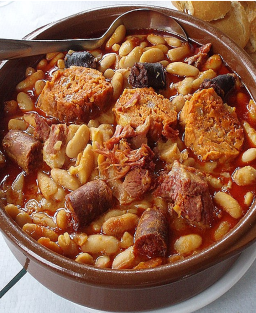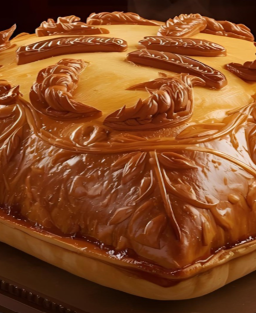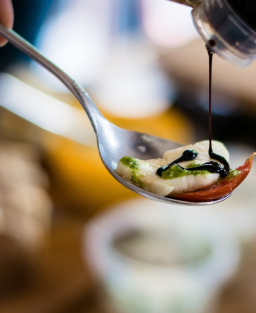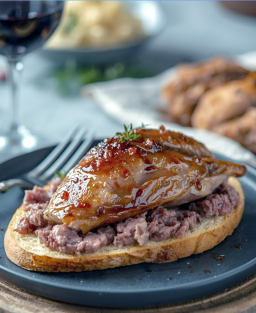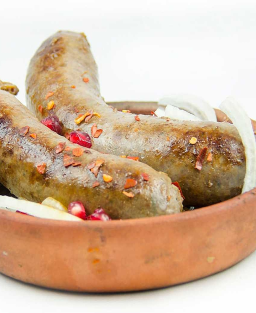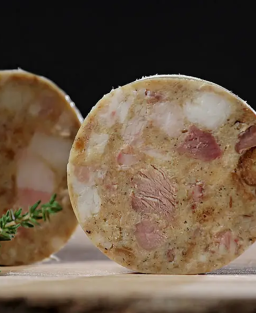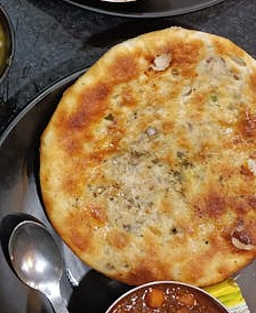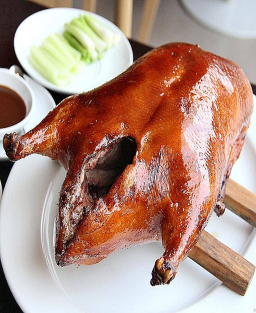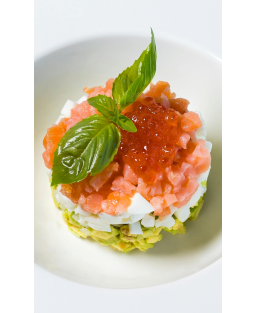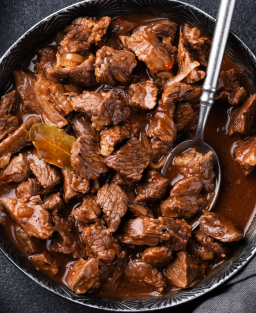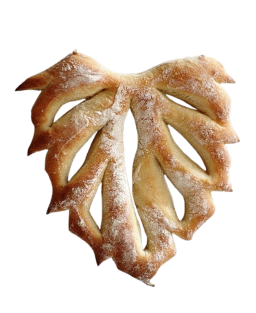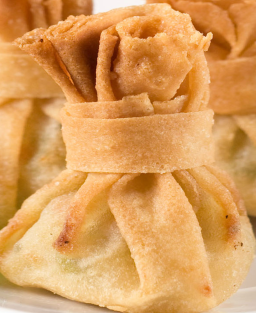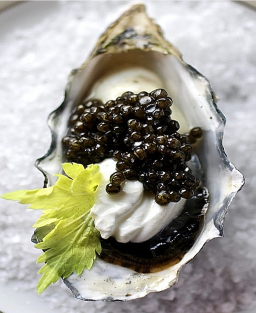Traditional Roman Lagana Recipe — Ancient Ancestor of Vegetable and Fresh Cheese Lasagna
Traditional Roman Lagana Recipe — Ancient Ancestor of Vegetable and Fresh Cheese Lasagna
Anecdote:
"Lagane quæ fiunt in furno, dulces sunt cum melle" — an old Latin proverb meaning: "Lagana baked in the oven are delicious with honey."
Legend:
It is said that a Roman legionary once prepared an improvised lagana on a hot stone during a campaign, giving rise to a rustic version of future lasagnas.
Discover the traditional recipe for Roman lagana, the ancestor of lasagna, an ancient flatbread layered with vegetables and fresh cheese.
Country / Region
-
Country: Ancient Rome (modern Italy)
-
Region: Latium and the Roman Empire
Recipe Evolution:
Initially a simple flatbread of flour and water, lagana was enriched with cheese, herbs, vegetables, and sometimes honey. In the Middle Ages, it evolved into thicker, layered pasta dishes, and during the Renaissance, it transformed into modern lasagna with sauces, tomatoes, and aged cheeses.
Historical Context
Lagana is one of the oldest known pasta dishes in European history and forms a key link in the evolution from ancient pasta to modern lasagna.
Greek and Roman Antiquity:
The Latin term laganum comes from the Greek laganon (λάγανον), denoting a thin sheet of flat dough (laganon or itrion). As early as the 3rd century BCE, Plautus mentions lagana in his comedies, attesting to their popularity. These sheets could be cooked in moist heat (poached) or dry heat (on stone or in the oven). Poached lagana are considered the direct ancestors of lasagna, from which the name is derived.
In the Latin culinary collection De re coquinaria — traditionally attributed to Apicius but actually compiled later (probably in the 4th or 5th century by anonymous authors) — lagana were used in two emblematic dishes: patina cotidiana and patina apiciana. These recipes consisted of layers of lagana alternated with a moist filling (chicken, pork, fish) bound with eggs and covered with a sauce made from garum, wine, straw wine, and olive oil. These ancient “proto-lasagnas” were often baked in a crust, similar to a pâté, already introducing the principle of “pasta within pasta,” which would later be developed in the Middle Ages.
The word lagana (or lagane) still survives today in some regions of southern Italy (Calabria, Puglia), where it denotes traditional flat pasta.
Social and Culinary Use:
Lagana was a universal dish. Among Roman peasants and soldiers, it was prepared simply with flour and water, cooked on stone. In aristocratic circles, it was enriched with refined toppings: cheese, vegetables, herbs, meats, or honey. It thus illustrates the dual nature of ancient pasta, from rustic to sophisticated.
Medieval Evolution:
In Italian medieval culinary manuscripts (such as Maestro Martino’s Libro de arte coquinaria, 15th century), layered pasta dishes with cheese and broths appear, direct ancestors of lasagna. These dishes became richer, incorporating butter, meats, and aged cheeses, while preserving the layering principle inherited from lagana.
Renaissance and Modern Era:
In the 16th century, Bartolomeo Scappi, chef to Pope Pius V, described recipes where the dough was worked with elaborate sauces. After the introduction of the tomato in Europe, lagana evolved into modern lasagna, particularly in Naples and Emilia-Romagna, where it took its codified contemporary form.
Three Emblematic Figures
-
Apicius (1st century CE, symbolic figure): Traditionally associated with De re coquinaria, which contains the first lagana recipes, though the text was written later by anonymous compilers.
-
Martino da Como (15th century): Enriched the dough and developed the principle of multiple fillings.
-
Bartolomeo Scappi (16th century): Refined the structure of pasta dishes, preparing the transition to modern lasagna.
Recipe Description
A very thin dough of flour and water, baked in the oven or on stone, layered with vegetables, fresh herbs, and cheese. Served warm, cut into portions, with a rustic texture and fragrant taste.
Ingredients (4 servings)
Basic Dough:
-
250 g whole wheat flour (T80)
-
100 ml warm water
-
Pinch of salt
-
1 tsp olive oil
Filling:
-
50 g fresh goat or sheep cheese
-
1 grated carrot
-
A few leaves of chicory or tender lettuce
-
1 crushed garlic clove
-
1 tbsp olive oil
-
Herbs: dried fennel, coriander, or mint
-
Black pepper
Preparation (Detailed, Professional)
Dough:
-
Mix flour and salt.
-
Gradually add water, knead for 10 minutes.
-
Rest 30 minutes under a damp cloth.
-
Roll out very thinly (2–3 mm).
Filling:
-
Grate carrot, chop lettuce, crush garlic.
-
Mix with fresh cheese, herbs, and oil.
Assembly:
-
Oil a pan or stone.
-
Layer dough → filling → dough (2–3 layers).
-
Finish with a thin dough sheet and drizzle olive oil.
Cooking:
-
Preheated oven at 200°C (390°F), 15–20 minutes until lightly golden.
-
Cut into squares or rectangles; serve warm.
Regional Variants
-
Sweet: Lagana with honey and sesame seeds.
-
Savory: With vegetables and fresh cheese.
-
Rustic: Simple flour-and-water flatbread cooked on stone.
Tips and Advice:
-
Roll the dough as thin as possible.
-
Avoid overfilling: thinness is key.
-
Chef’s tip: cooking on stone gives an authentic ancient flavor.
Serving:
-
Rustic: cut into squares, served on a wooden board.
-
Gastronomic: layered presentation with a drizzle of aromatic olive oil.
Recommended Wine and Beverages:
-
Roman white wine (reconstructed) like Muscat or Passerillé.
-
Modern alternative: Italian dry white wine (Frascati, Lazio).
Nutritional Information (per 100 g)
-
Energy: 185 kcal (775 kJ)
-
Carbohydrates: 32 g
-
Protein: 7 g
-
Fat: 4 g
-
Fiber: 3 g
-
Allergens: gluten, milk
Dietary Adaptations:
-
Gluten-free: substitute wheat flour with rice flour.
-
Vegan: use plant-based cheese.
Dietetic Aspects:
-
Adaptable to various diets.
-
Buckwheat flour can replace wheat for a rustic flavor.
-
Goat milk can replace cow milk for easier digestion.
-
Provides complex carbohydrates, energy, protein, fiber, and minerals depending on fillings.
Glossary
-
Lagana / laganum: Roman flat pasta sheet, direct ancestor of lasagna.
-
Greek origin: λάγανον (laganon).
-
Ancient preparation: thin dough, baked, cooked on stone, or fried.
-
Usage: eaten plain, sweetened with honey, or layered with vegetables and cheese.







